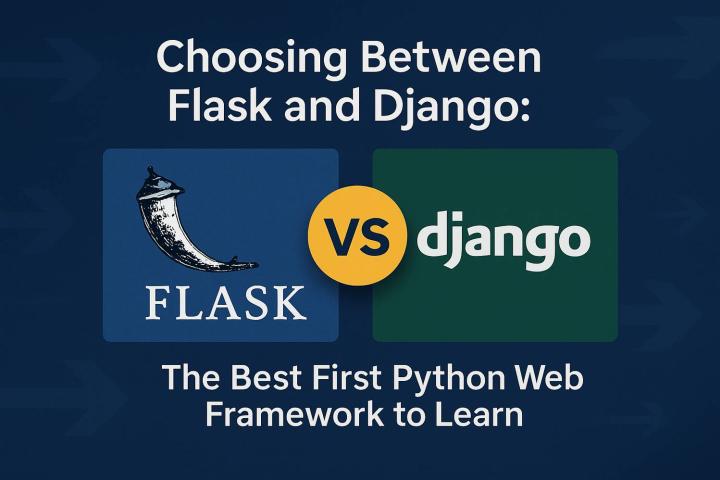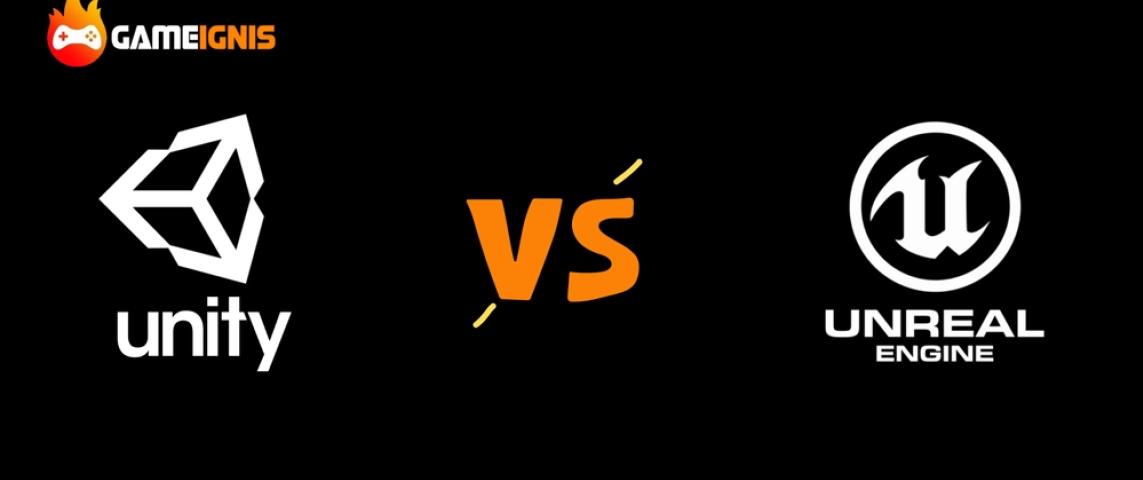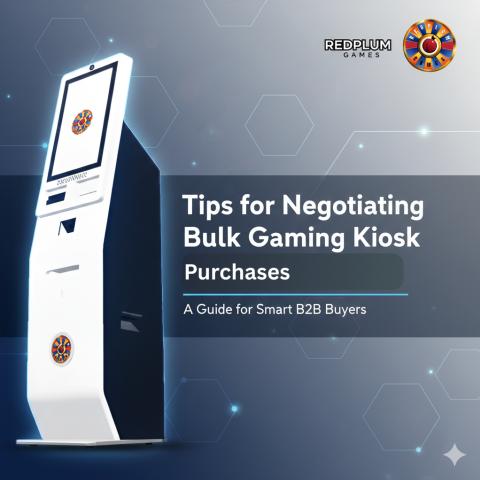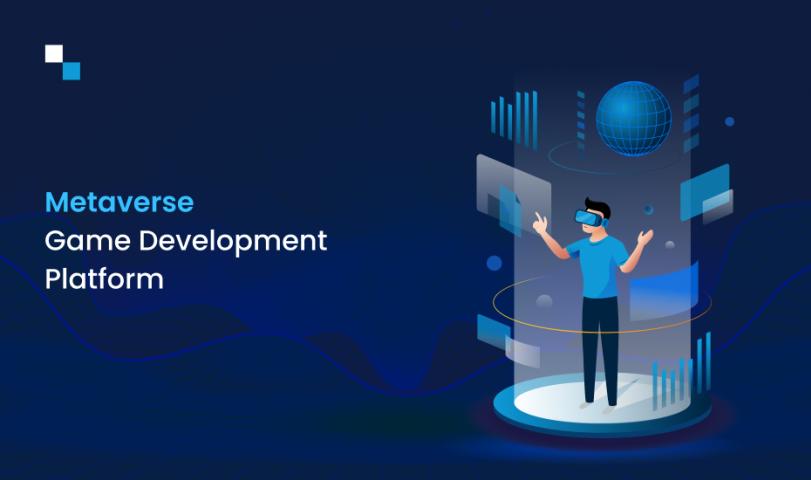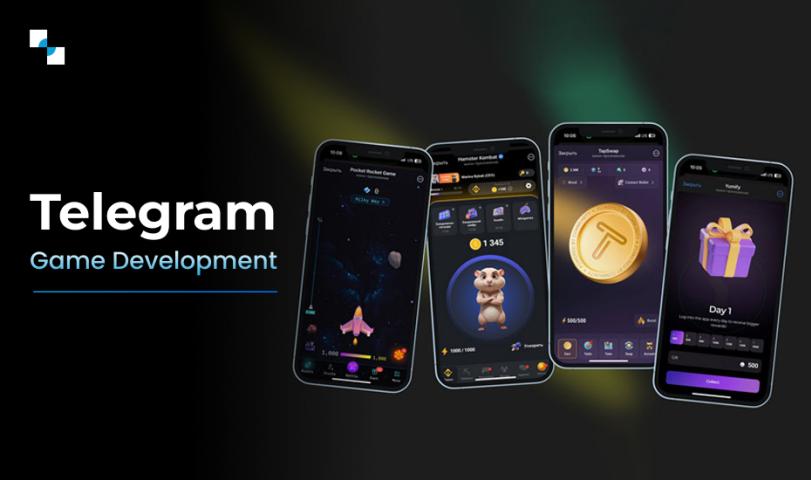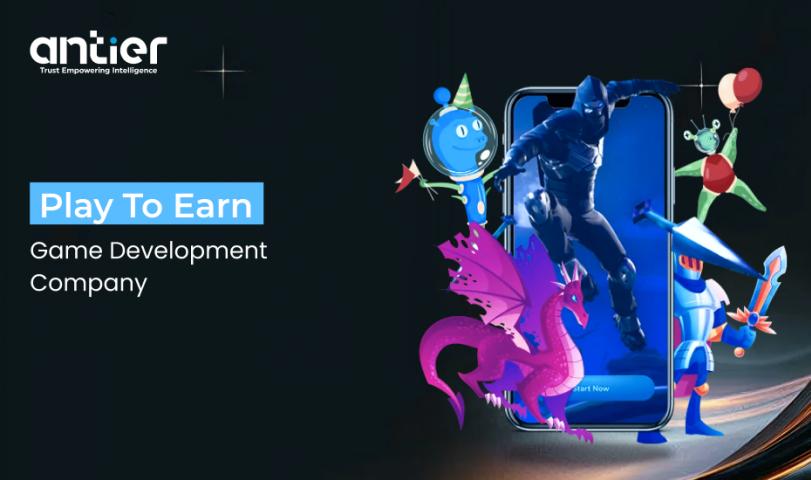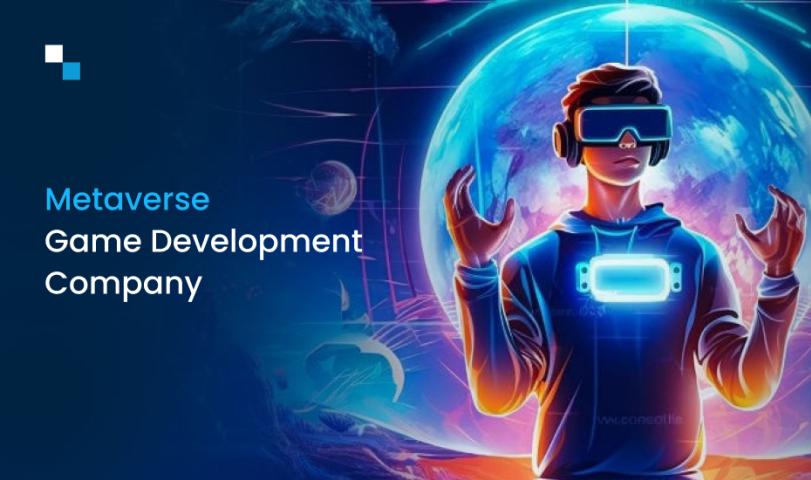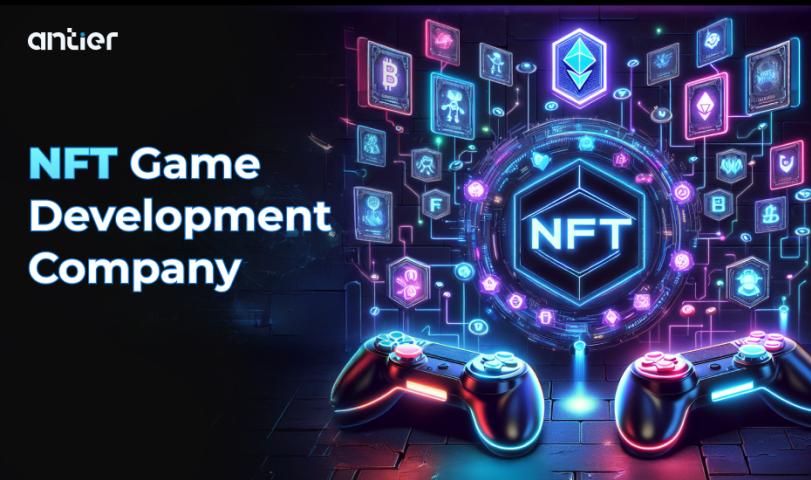Game development is a multilayered process, often requiring a mix of creativity, technical precision, and the right set of tools. Among those tools, game development frameworks stand out as essential building blocks. They’re not full engines—at least not always in the traditional sense—but they provide the foundational systems that allow developers to focus on building the experience rather than creating core mechanics from scratch.
A game framework typically handles things like rendering graphics, managing audio, detecting input, running game loops, and sometimes even managing assets or physics. Think of it as a minimalist engine. It gives you access to the core functions necessary to build a game but leaves most architectural and design decisions up to you.
This is a big reason why frameworks are so beloved by indie developers, educators, and programmers who want to learn what’s really going on under the hood. Unlike full engines, which often abstract away much of the technical complexity, frameworks provide a closer connection to the code—and that can be a huge plus when you’re optimizing for performance or trying to create something non-standard.
Why Use a Framework?
Flexibility – You decide how the pieces fit together. Frameworks give you full control over your game architecture and logic.
Learning Opportunity – By working directly with the game loop, input handling, and rendering pipeline, you gain a deeper understanding of how games are made.
Lightweight Projects – Sometimes you don’t need a massive engine. Frameworks are often ideal for 2D games, prototypes, or experimental mechanics.
Cross-Platform Compatibility – Many frameworks are designed with portability in mind, letting you target multiple platforms without rewriting major chunks of code.
A Few Noteworthy Frameworks
There are plenty of great options out there, each with its own strengths and use cases:
MonoGame – A powerful C# framework used for both 2D and 3D development. It’s open source and served as the foundation for Stardew Valley. Great for those familiar with the .NET ecosystem.
LÖVE – A lightweight framework for 2D games written in Lua. Known for its simplicity and ease of use, it’s popular in game jams and education.
Phaser – A fast and versatile HTML5 game framework based on JavaScript. It excels in creating browser-based games and interactive web experiences.
Godot (as a framework) – While Godot is often viewed as a full game engine, its open-source nature and scriptable structure make it highly flexible, and many developers use it more like a framework.
Unity – Technically a full game engine, Unity also functions like a framework for many developers. Its component-based architecture, extensive scripting API (primarily in C#), and vast asset ecosystem make it one of the most accessible tools for game development—especially for those balancing code with visual workflows.
Framework or Engine?
The line between framework and engine is sometimes blurry. Unity and Godot, for example, offer full suites of development tools, but depending on how you use them—especially if you rely heavily on scripting—you might treat them more like frameworks.
The real distinction lies in how much control and responsibility you want. Frameworks are about building from the ground up with guidance. Engines, on the other hand, are about building within a predefined structure. One isn't better than the other—it just depends on the kind of experience you're after.
Frameworks won’t hold your hand, but they’ll teach you how to build your own tools, solve problems creatively, and understand what makes games tick. If you're looking to sharpen your development skills, build something lightweight, or just experiment freely, a framework might be exactly what you need to start crafting your world—one system at a time.




